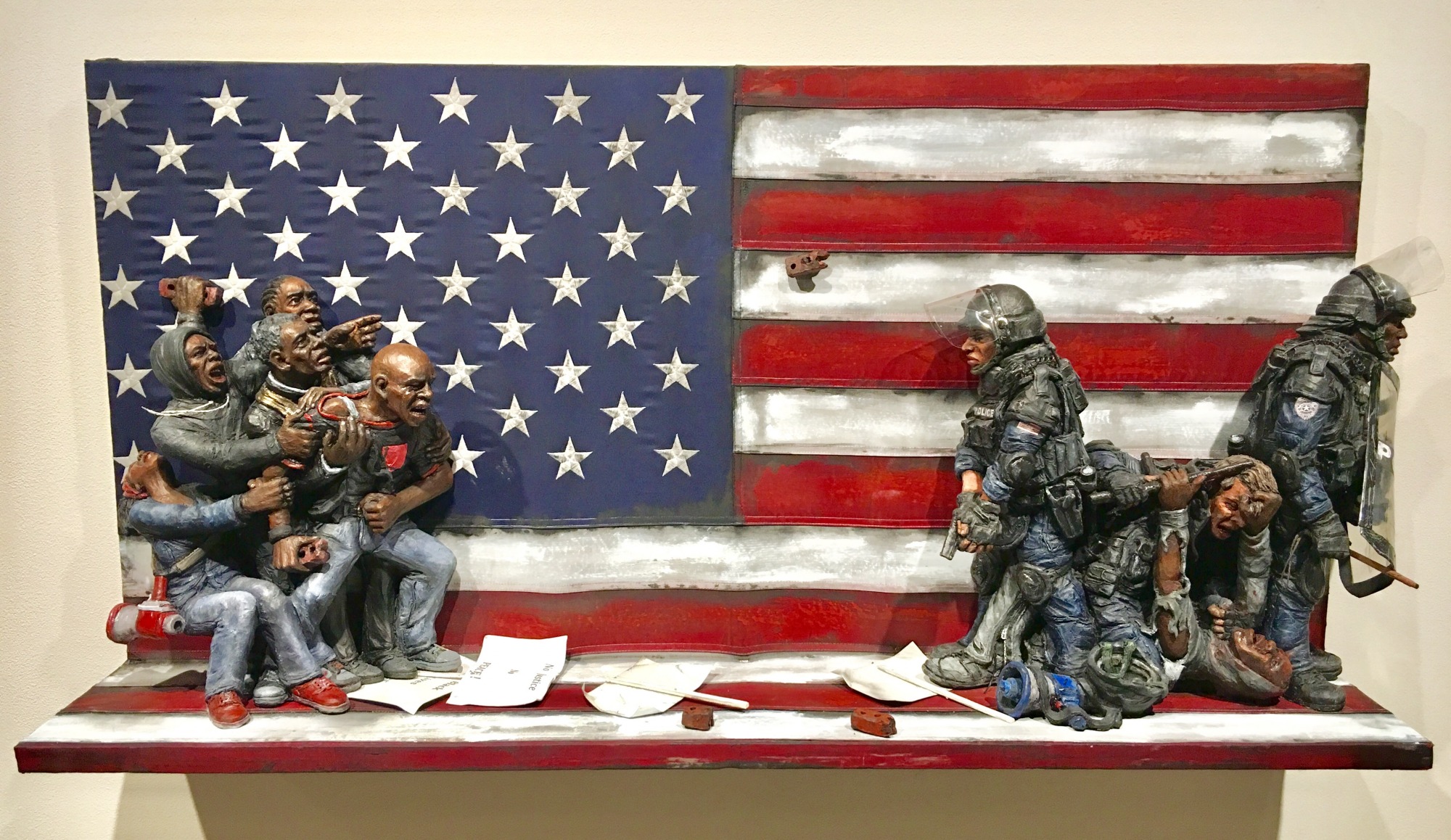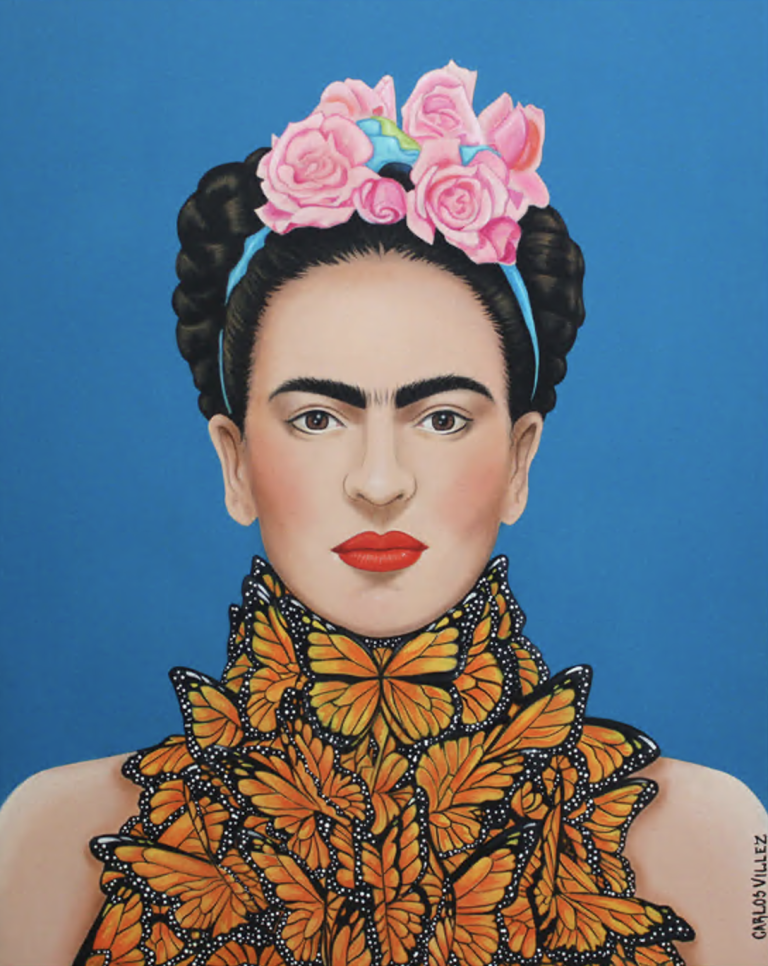Concepts in Clay
“Concept, and how that content is met with craft, is all important to me,” explains Paul Briggs, co-curator of Clay Art Center’s current Concepts in Clay online exhibition. When most people think about ceramics, they might conjure up their grandmother’s tea set, or fine china that was gifted on their wedding day. The more art-savvy viewer might also think of ancient terracotta vessels and translucent porcelain, perhaps seen at a visit to the Metropolitan Museum of Art. What isn’t often thought of is how pottery can be used as a conduit for activism.
Exhibitions that surround craft at the intersections of art, design and social discourse have been circulating in recent years, from vibrantly crocheted coral reefs (as seen in Toxic Seas at Museum of Art and Design in 2017) to beaded kitchen scenery (as in Making Knowing, on view at the Whitney Museum of Art). Ceramics, rooted in craft tradition, is having a revival in popularity, but is also being seen for its social commentary. As such, Concepts in Clay is a manifestation of timely discussions that are being had as a nation.
As with many institutions across the United States, Clay Art Center affirmed an “anti-racist agenda” in the summer of 2020 by submitting a public manifesto that outlines resources and objectives for BIPOC (Black, Indigenous and People of Color) artists and community members. Out of this came a virtual exhibition that was co-curated by artist and educator Paul Briggs. The exhibition features the artworks of 11 Black artists alongside didactics that explain the process and intention behind their practices.
There are many celebrated artists featured, including brothers Kyle and Kelly Phelps, who grew up in blue-collar Indiana. Their realistic portraits of American life within the perspective of Black Americans document themes of resilience, rage and protest. These are snapshots that capture both human emotion and environment, as all of the figures are interacting with backgrounds that add to the narrative – such as an American flag or industrial settings reminiscent of a factory. Their didactic statement explains that these sculptures tell stories that cover the struggles of race, class and identity in the American Midwest.
Briggs talks about himself as an ‘editor’ for this slate of artists. Any artist in any era negotiates identity with content, but more sensitive is a show during a time in which there is a call for more representation in the art world. His curatorial statement offers insight into this negotiation:
“What then makes this Black Art? It may not be Black Art in the sense that the themes narrate aspects of the Black experience…What makes ‘Dave the potter’s’ work significant as Black expression is that he was Black in America, a slave in America. Achievement out of oppressive states of existence should be amplified and celebrated, even when the subject matter is not the very oppression from which it emerged.”
Briggs is also represented in the exhibition, with two pieces from his “Cell Persona: The Impact of Incarceration on Black Lives” series. The visual weight of the clay, which could be mistaken for iron, is a way to translate emotion and elicit a reaction in combination with its title. The use of sharp edges with bent and knotted coils create an effective juxtaposition.
Concepts in Clay, on view through February 28, is multi-faceted in how artists broach both their material and their identity.
Adam Chau is a ceramic artist living in Cold Spring, NY. A Graduate of the School of the Art Institute of Chicago, his studio focuses on combining digital manufacturing and traditional studio techniques. He can be found at www.adamchau.com and on Instagram at @adamcharleschau.
A version of this article first appeared in the February issue of ArtsNews, ArtsWestchester’s monthly publication. ArtsNewsis distributed throughout Westchester County. A digital copy is also available at artsw.org/artsnews.







